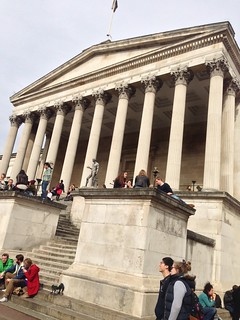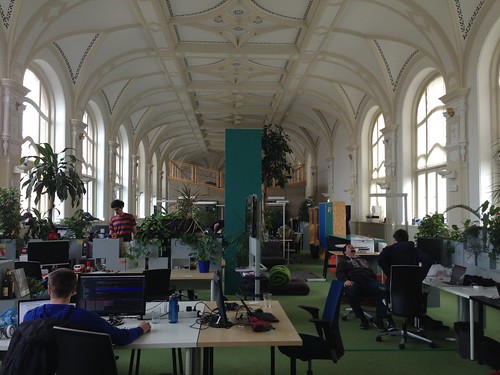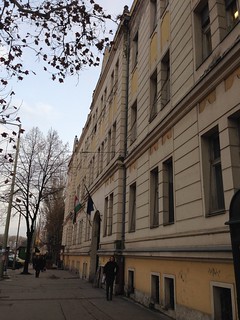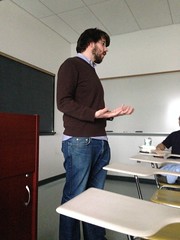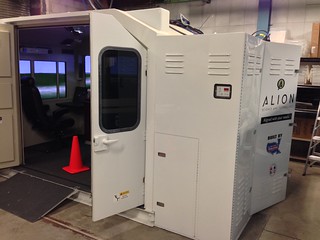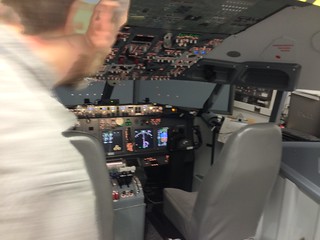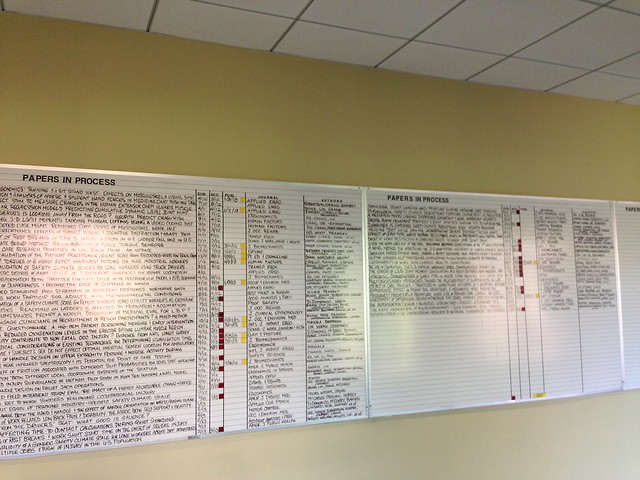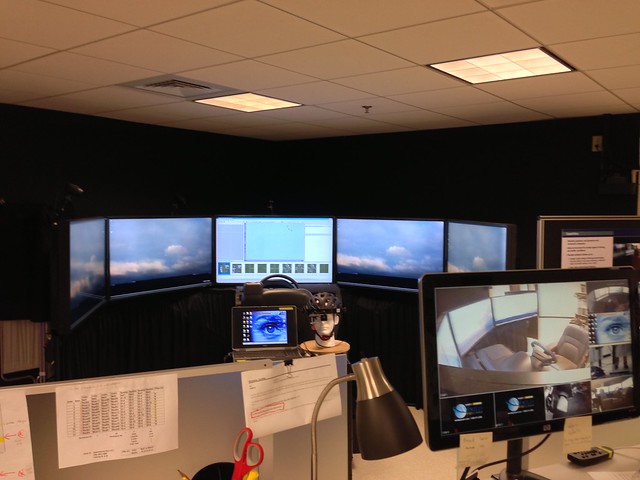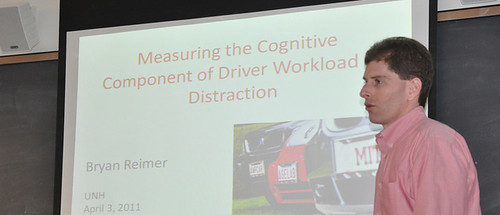Last week I visited the Hungarian National University of Public Service. I was there at the invitation of Zoltán Székely. Zoltán is a major in the Hungarian Police, a lawyer, and an instructor at the University. I met Zoltán through Bálint Kiss, who is my host at BME during my Fulbright scholarship in Hungary.
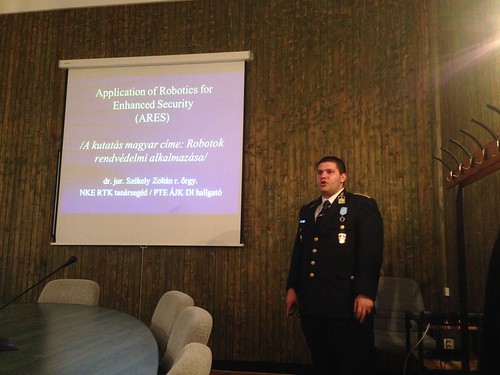
Zoltán Székely introduces the proposed “Application of Robotics for Enhanced Security” effort
Zoltán is leading an effort to make robots part of law enforcement work in Hungary, and beyond. He invited me to the kick-off meeting for this effort, where I gave a talk sharing some of our experiences at Project54. The Project54 effort at UNH addressed ubicomp in the law enforcement setting.
Zoltán has brought together a diverse and talented group of researchers and practitioners for this effort. I am looking forward to seeing the results of their efforts.
You can see pictures from my visit on Flickr. My favorite is this one of the beautiful University building where the meeting was held:

National University of Public Service, Budapest, Hungary


